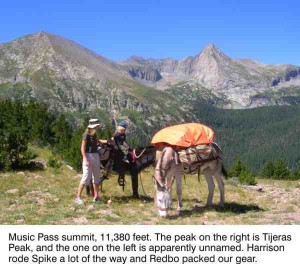Brief by Ed Quillen
Climate – October 2007 – Colorado Central Magazine
Seen more sagebrush lately? Do the plants look bigger, too?
That might be a result of the increasing concentration of carbon dioxide in the atmosphere, according to a recent study conducted by Colorado State University and the U.S. Department of Agriculture.
Out on Colorado’s eastern plains, the researchers erected several clear plastic greenhouses over plots of prairie. Over four years, they pumped extra CO2 into some greenhouses, left ambient air in others, and followed plant growth there, as well as on normal prairie.
The sagebrush with extra CO2 increased its bulk by 40 percent, as compared to the others. “This is a huge response,” said Jack Morgan, a range scientist. “I’ve not seen any plant in the literature that responds as much.”
Another study, conducted about 15 years ago at the Rocky Mountain Biological Library in Gunnison County, involved putting infrared heat lamps above grassy plots at the upper end of sagebrush elevations. The sagebrush thrived and pushed out the grasses and wildflowers.
Since cattle don’t eat sagebrush, this does not bode well for grazers. But maybe someone will figure out how to convert the pungent terpenes in sagebrush into something automobiles can burn, and we’ll have a new biofuel and a need to protect our sagebrush from over-exploitation.

